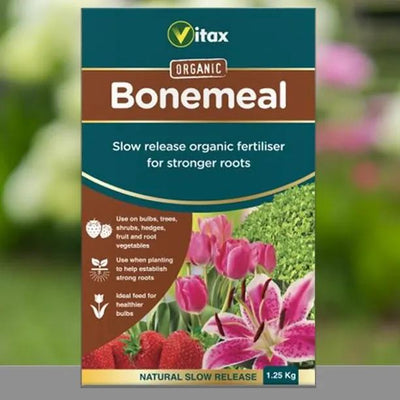Orleans Reinette Apple Trees
It's such a romantic name for a super eating apple. Orleans Reinette apples are flat, looking like those wonderful doughnut peaches, and red with a little russeting. Ripening late in the season, they look as delicious as they taste: aromatic, sweet but with enough tartness to stop the taste cloying. Some compare it with a Blenheim Orange, but we think its flavour is superior. The yellowish flesh is crisp but only slightly juicy with a fine texture. The blossom is pretty and tends to last longer than on most apple trees.
The tree is a fairly light cropper, which makes it unpopular with farmers but is often ideal for the needs of the home grower - a large yield isn't much use if you can eat it all!
Browse our range of apple trees or see the full variety of fruit trees.
Growing Guide
Known for their flavour when fresh, they also make a great baking apple because they don't collapse when cooked and it retains its very special taste. On top of that, it can also be used to make cider. Unusually for a late apple, it doesn't store particularly well, only for about three weeks.
As a triploid tree it does need a pollinating partner to ensure that it crops as well as it can. Any group E or D apple will do but a good combination might be to have an eater like Ellisons Orange which crops in September and a cooker like Bramley which cooks to a fluffy purée. Finally, make use of that extended flowering period! Plant Orleans Reinette somewhere visible from the house so you can marvel at all that blossom.
Features
Features
- Height: Bush to 3 m. Trees to 4.5m
- Use: Eating/cooking/cider
- Pruning: Spur bearer
- Pollination: Self-sterile triploid (cannot pollinate other trees)
- Picking: mid-Oct
- Apple colour: Red over yellow skin
- Pollination Group: Group E
- Storage: 1-2 weeks








 Secure, One-Tap Checkout
Secure, One-Tap Checkout
 Hand Picked, Delivered to Your Door!
Hand Picked, Delivered to Your Door! 1 Year Bareroot Guarantee
1 Year Bareroot Guarantee













